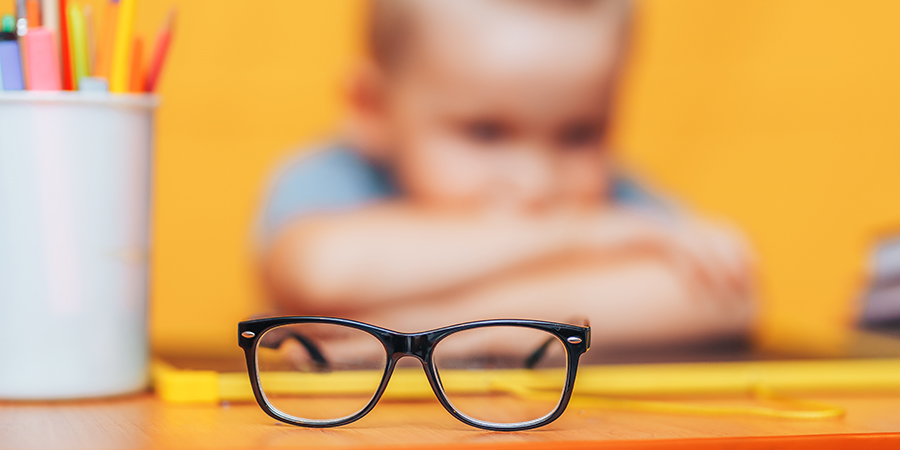
In the past decade, the United States has witnessed a sharp rise in myopia (nearsightedness), especially among children and young adults. Once considered mainly a genetic condition, myopia has now become a lifestyle-related public health concern. According to the American Academy of Ophthalmology, nearly 42% of Americans are nearsighted—a number that has nearly doubled since the 1970s.
So, what’s behind this growing trend, and how can optometrists respond to protect the long-term eye health of their patients?
Why Myopia Is Increasing in the U.S.
Increased Screen Time
Between online classes, video games, and smartphones, children and adults are spending more time indoors focusing on screens. Extended near work and reduced outdoor time are among the top risk factors for myopia progression.Reduced Outdoor Exposure
Studies show that time spent outdoors—especially in natural light—can significantly lower the risk of developing myopia. The shift toward indoor recreation has removed this protective factor for many children.- Academic and Lifestyle Pressures - As educational and professional demands grow, Americans spend more time reading, studying, and working on computers, contributing to eye strain and progressive myopia.
- Genetic Susceptibility Meets Modern Living - While genetics still play a role, environmental influences like digital device use and limited outdoor activity have amplified the problem even in those with mild genetic predisposition.
The Impact on Eye Care Practices
Optometrists across the country are now seeing more young patients with early-onset myopia and faster progression rates. This has changed how many clinics operate, emphasizing preventive and management-based care rather than simple vision correction.
Common trends among clinics include:
Increasing adoption of myopia control programs featuring orthokeratology (Ortho-K), atropine therapy, and specialized soft contact lenses.
More frequent monitoring for children at risk of developing high myopia.
Education campaigns for parents on digital hygiene and the importance of regular eye exams.
How Optometrists Can Help Slow the Trend
Encourage Outdoor Time
Recommend at least 1–2 hours of outdoor play per day for children. Natural light exposure has been shown to slow the onset of myopia.Educate on the 20-20-20 Rule
Every 20 minutes, look at something 20 feet away for 20 seconds. It’s a simple way to reduce eye strain from prolonged near work.Offer Myopia Management Options
Discuss Ortho-K, dual-focus lenses, or low-dose atropine drops with families as early interventions.Promote Annual Pediatric Eye Exams
Early detection and consistent monitoring are key to managing progression effectively.Digital Eye Health Counseling
Guide patients on proper device use—screen positioning, ambient lighting, and breaks—to minimize visual stress.
Final Thoughts
The myopia epidemic in America isn’t slowing down—but optometrists are uniquely positioned to turn the tide. With preventive education, modern control techniques, and active community involvement, eye care professionals can protect the next generation from the lifelong risks of unchecked nearsightedness.
References
American Academy of Ophthalmology. (2023). The rise of myopia: Why more people are becoming nearsighted. Retrieved from https://www.aao.org
American Optometric Association. (2024). Myopia management: An emerging standard of care. Retrieved from https://www.aoa.org
Holden, B. A., Fricke, T. R., Wilson, D. A., et al. (2016). Global prevalence of myopia and high myopia and temporal trends from 2000 through 2050. Ophthalmology, 123(5), 1036–1042. https://doi.org/10.1016/j.ophtha.2016.01.006









